



The Kumbh Mela, a sacred Hindu festival held every 12 years, celebrates the mythological story of amrita spilling at four locations: Haridwar, Prayagraj, Ujjain, and Nashik. It combines spiritual significance, astrological alignments, and historical roots, evolving into a platform for nationalism during India's independence movement.

Disclaimer: Copyright infringement not intended.
Prayagraj is hosting the Maha Kumbh this time, or the Poorna Kumbh, held every 12 years.
Aspect |
Details |
|
Origin |
The Sanskrit word "kumbh" means pitcher or pot. |
|
Mythological Story |
During the ocean churning by Devas (gods) and Asuras (demons), Dhanvantri emerged with a pitcher of amrita (elixir of immortality). |
|
To prevent Asuras from obtaining it, Jayant (Indra’s son) fled with the pot, protected by the Sun, Shani, Brihaspati (Jupiter), and the Moon. |
|
|
Locations |
As Jayant ran for 12 divine days (equal to 12 human years), amrita spilled at four locations: Haridwar, Prayagraj, Ujjain, and Nashik-Trimbakeshwar. |
|
Significance |
Kumbh Mela is celebrated at these four sites every 12 years based on the alignment of the Sun, Moon, and Jupiter. |
|
Frequency |
Maha Kumbh (Poorna Kumbh): Held every 12 years. Ardh-Kumbh: Held in Prayagraj and Haridwar every 6 years. |
Festivals are held on the banks of sacred rivers:
Bathing in these rivers during Kumbhu, under certain celestial arrangements, is believed to cleanse sins and bestow spiritual merit (punya).
Gathering of Sadhus and Spiritual Teachings: Kumbh Melas attract sadhus and holy men, especially from the akhadas, and provide an opportunity for devotees to meet and learn from them.
Aspect |
Details |
|
Ancient References |
The Skanda Purana is often cited for the antiquity of Kumbh Mela but does not explicitly describe the festival as it is known today. |
|
The Samudra Manthan story in various scriptures lacks references to the spilling of amrita at four places. |
|
|
Some claim that the Rig Veda contains shlokas emphasizing the benefits of attending the Kumbh Mela. |
|
|
Xuanzang's Account |
The Chinese pilgrim Xuanzang described a 7th-century fair at Prayag, but its identification as Kumbh Mela remains uncertain. |
|
Scholar Kama Maclean suggests the ancient bathing festival, Magh Mela, was renamed "timeless" Kumbh after 1857 to avoid British interference. |
|
|
Role of Adi Shankaracharya |
The 8th-century philosopher Adi Shankaracharya is credited with formalizing four regular fairs and creating opportunities for ascetics and scholars to gather. |
|
Evolution of Kumbh Mela |
Likely began in Haridwar as Brihaspati (Jupiter) in Kumbh Rashi corresponds to this location. |
|
Tradition may have formed after the 12th century AD during the Bhakti movement, influenced by markets on the banks of sacred rivers. |
|
|
Origin linked to Ganga worship and traveling sadhus spreading the idea of Kumbh Melas near four sacred rivers. |
|
|
Historical Records |
Mughal-era records and those by the sanyasi akhada suggest formalization over time into a major socio-religious event. |
|
Gatherings offered opportunities for ascetics to gain followers and pilgrims to engage in spiritual practices. |
The Kumbh Mela evolved from a regional religious gathering into a major national event with political overtones, especially during India's freedom struggle. Its transformation was influenced by nationalist leaders, local priests and ascetics who used it as a stage for resistance against colonial rule and the assertion of Indian political sovereignty.
Source:
|
PRACTICE QUESTION Q.Historically, the Kumbh Mela has evolved from its religious and cultural roots into a significant socio-political and global event. Analyze its historical references in Indian literature, scriptures and its transformation over centuries. (250 words) |
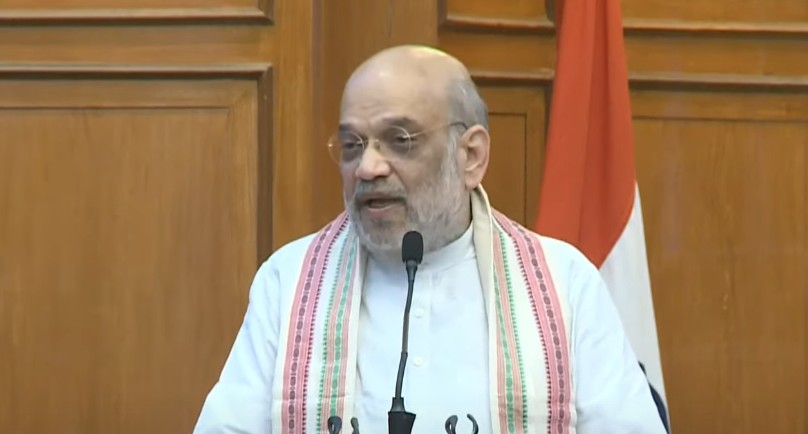

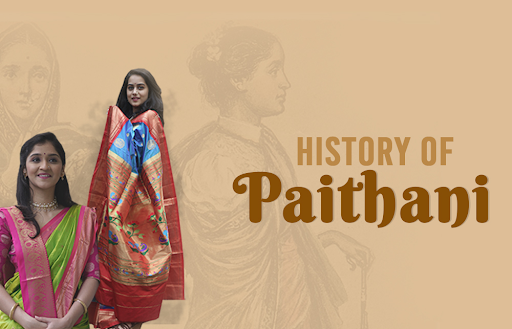
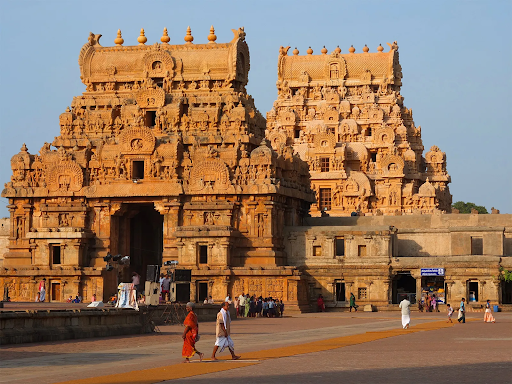
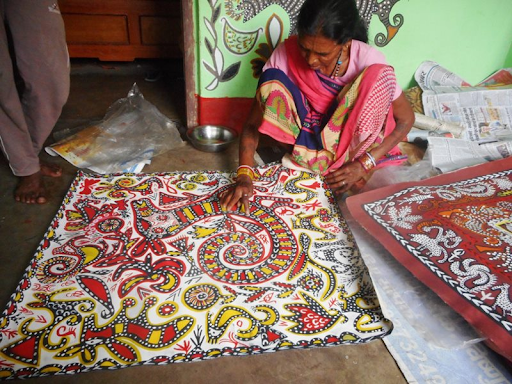
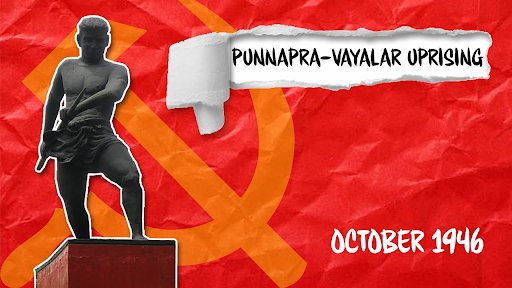
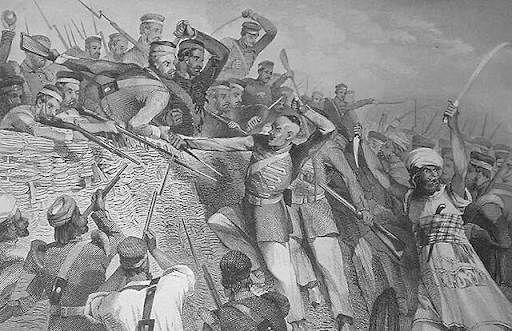
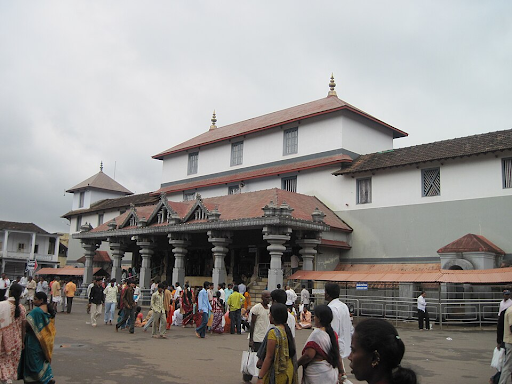

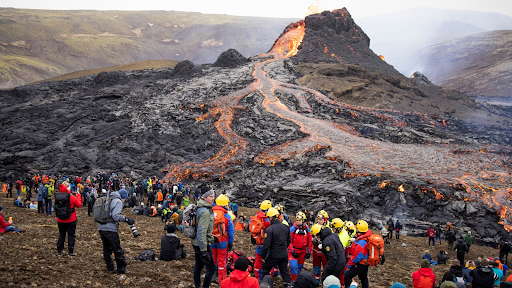

© 2025 iasgyan. All right reserved